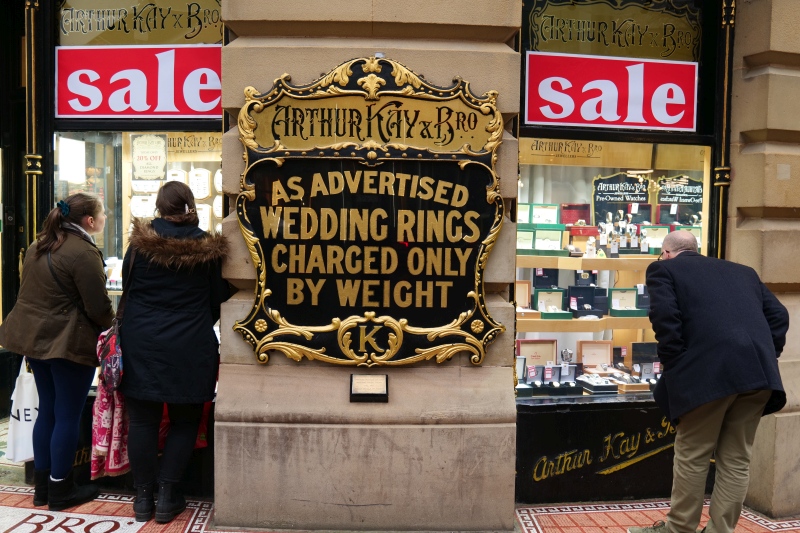A useful way to look at decisions is to assume that when they’ve been made, they were good decisions.
One can have long conversations about the planning, information gathering, etc. that went into that decision and ask oneself if everything was done perfectly at the time. That never happens. Decisions are made with what is available and in good intent.
Then change happens. As time goes on, people continue to make decisions and act. It’s a learning process that is enabled by previous decisions and influences outcomes. Sometimes these changes support the original intent, sometimes they don’t. However, it’s all new information, none of which was available when the first decision was made.
Looking back, one could assume that the decision was terrible and led to failure or that it was great and the reason for success. That couldn’t be known at the time.
It doesn’t serve any useful purpose to judge a past decision as bad and wish one had made another decision. It’s a judgment that prevents the learning available in the present moment. Considering a past decision a good decision allows reviewing everything that has changed since. It’s additional information that might serve in making a new decision or deciding to not repeat the previous decision.
What has been a good decision once might not be a good decision anymore.
And now might be the time to make a new decision.


